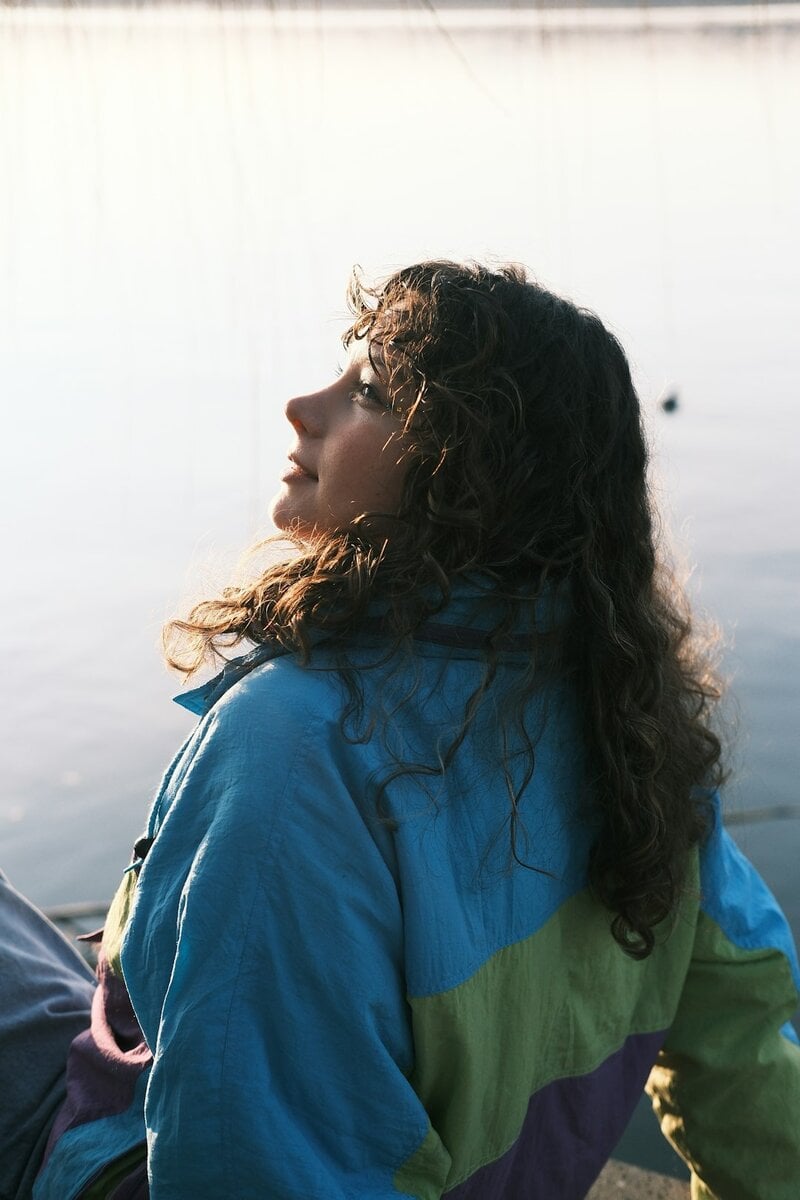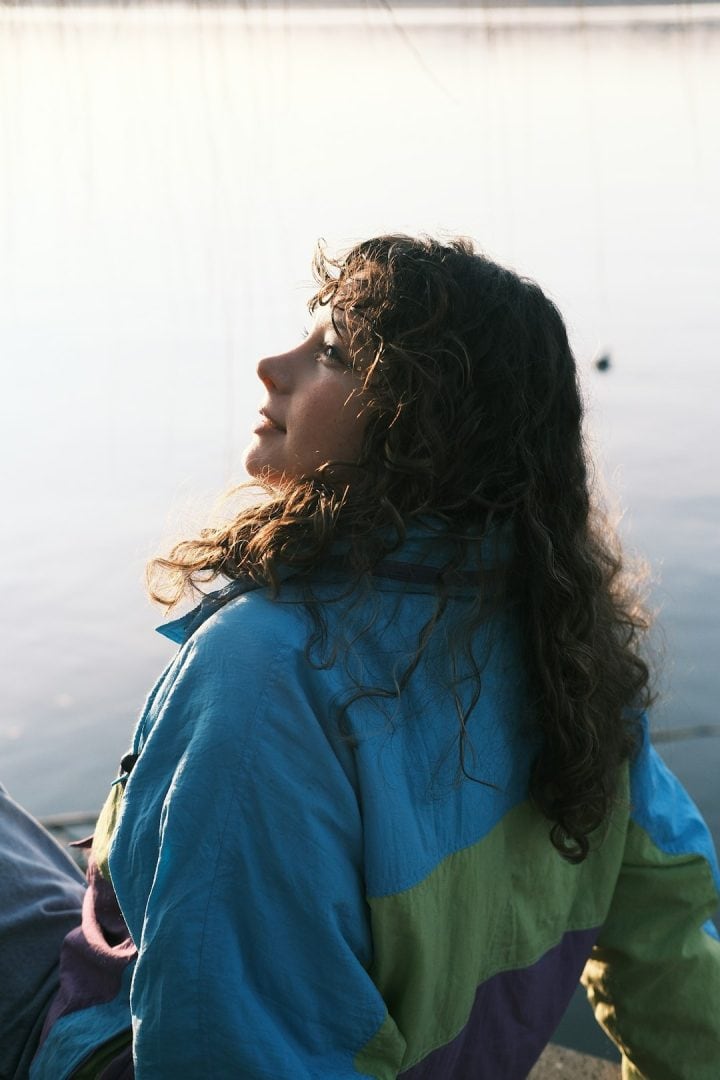Whether you’re an amateur photographer, a budding photo editor, or a professional digital artist, the power of AI tools like ChatGPT can revolutionize your workflow. In today’s visual-driven world, refining your photos through well-crafted edits is more important than ever. With the right prompts, ChatGPT can act like your personal photo editing assistant—guiding you through adjustments in lighting, color, and composition that can elevate your work from good to breathtaking.
In this guide, we’ll explore how to level up your editing game using ChatGPT prompts tailored for enhancing key aspects of photography. Consider it your cheat sheet for AI-powered photo perfection.
The Power of Prompts in Photo Editing
ChatGPT doesn’t edit images directly, but it’s remarkably skilled at instructional and conceptual support. By describing the photo and your desired outcome, you can receive specific and actionable prompts to input into professional editing tools like Adobe Photoshop, Lightroom, or even mobile apps like Snapseed. The AI can suggest techniques, terminology, and step-by-step guidance that help you fine-tune each image with precision.
Think of ChatGPT as a knowledgeable co-editor who never gets tired and always has creative ideas—even for images you’ve looked at a hundred times.
Lighting: Creating Mood with Shadow and Shine
Light is arguably the most critical element in photography. It influences mood, depth, and perception. Luckily, with a bit of AI assistance, you can manage and manipulate it like a pro.
Here are some lighting-related prompts to use with ChatGPT:
- “How can I brighten up the shadows in a portrait taken during sunset without overexposing the highlights?”
- “Suggest steps to add dramatic lighting to an indoor portrait using Photoshop.”
- “What techniques can I use to simulate golden hour lighting in a daylight landscape photo?”
By asking these questions, you can receive customized advice, complete with layer suggestions, adjustment tools, opacity settings, and more. It’s especially helpful when you want to achieve a specific lighting style, such as:
- Moody low-key lighting
- Soft diffused light for skin tones
- High-contrast lighting for black and white images

Color: From Mundane to Magical
Color grading can transform the tone of your photograph, shifting its entire emotional impact. Whether you want a cool cinematic edge or a warm vintage finish, ChatGPT can provide suggestions that go far beyond basic saturation or temperature tweaks.
Use prompts like these to guide your color editing workflow:
- “How can I recreate the teal and orange Hollywood color grading in Lightroom?”
- “What is the best way to adjust skin tones to look more natural in mixed lighting?”
- “Can you suggest a color palette to evoke nostalgia in a photo set in a rural environment?”
With the right knowledge, you can correct color casts, remove redness from skin, or emphasize complementary color schemes for vivid visual impact. Advanced users can even ask ChatGPT for Color Look-Up Table (LUT) suggestions or how to create custom presets.
Bonus Tip: Ask for hex codes and gradient examples to apply consistent coloring across a photo series or brand campaign.
Composition: Arrange for Impact
Even the most beautifully lit and color-corrected image can suffer from poor composition. While traditional wisdom suggests rules like the Rule of Thirds and leading lines, ChatGPT can help you apply them more creatively or even break them strategically.
Try out prompts like:
- “Critique the composition of a photo featuring a person walking down a foggy road and suggest how to improve it.”
- “How can I crop an architectural photo to enhance symmetry?”
- “What compositional ideas can I use for a minimalist product shoot?”
ChatGPT can act like a second set of eyes, recommending crops, rotation degrees, focal points, or negative space balance based on your photo’s subject and context. You can also use it to learn more about perspective and framing techniques used in genres like street, landscape, or macro photography.
Pro Tip: Upload a photo description and ask ChatGPT to suggest a series of cropping ratios for different social media platforms with composition integrity in mind.
Combining Elements: A Cohesive Workflow
Now that you’ve got a sense of how ChatGPT can assist with lighting, color, and composition, let’s talk about how to integrate all these areas into a streamlined editing process.
Here’s a sample workflow you can ask ChatGPT to help you customize:
- Import and catalog your photo
- Initial exposure corrections (shadows, highlights)
- White balance and color temperature adjustments
- Cropping and alignment based on subject positioning
- Detailed color grading appropriate to subject mood
- Final enhancements like sharpening, vignetting, or grain
- Export settings for web versus print
You can craft prompts like: “Help me create a photo editing workflow for urban night photography using Lightroom and Photoshop,” or “What should the editing order be for a beach wedding photo to maximize warmth and clarity?”
These step-by-step breakdowns can save hours of experimentation and give you a clearer creative direction.
Advanced Applications: Beyond the Basics
Once you’re comfortable with individual edits, start asking ChatGPT to help you push creative boundaries. Consider stylized editing or composites to tell visual stories that captivate your audience. Some elevated prompt ideas include:
- “Suggest a surreal concept using dual-tone color grading and masking techniques.”
- “How can I blend two separate landscape photos seamlessly using gradient masks in Photoshop?”
- “In what ways can I use AI-generated textures to enhance photo realism in product shots?”
ChatGPT doesn’t just guide edits; it can enhance your storytelling through creative post-processing ideas, helping you stand out in a saturated digital landscape.
Integrating AI into Your Long-Term Workflow
Don’t think of ChatGPT as a crutch—think of it as a creative accelerator. Over time, it can help train your eye to identify patterns or issues in lighting and color much faster. You can even create prompt templates to revisit consistently, such as:
- “Lighting Correction Checklist”
- “Portrait Color Balancing Script”
- “Composition Scoring Guide”
Keep these stored as notes or snippets you can access during real-time work sessions. You’ll start internalizing the language and logic behind great editing, even as your style evolves.
Conclusion: Let ChatGPT Guide Your Creative Journey
The future of photo editing is not just in better cameras or faster software—it’s also in smarter thinking. ChatGPT empowers photographers to approach each photo with a critical, informed eye. Whether you’re trying to fix a poorly lit portrait, enhance dull colors, or refine an ambiguous composition, well-constructed prompts can lead to insights that elevate every image.
So next time you sit down to polish your shots, open ChatGPT alongside Lightroom and Photoshop. Ask, test, refine, and repeat. Your edits will not only get better—they’ll tell stories with intention, emotion, and style.
Start experimenting today, and let AI become as vital to your editing toolkit as layers and curves.
